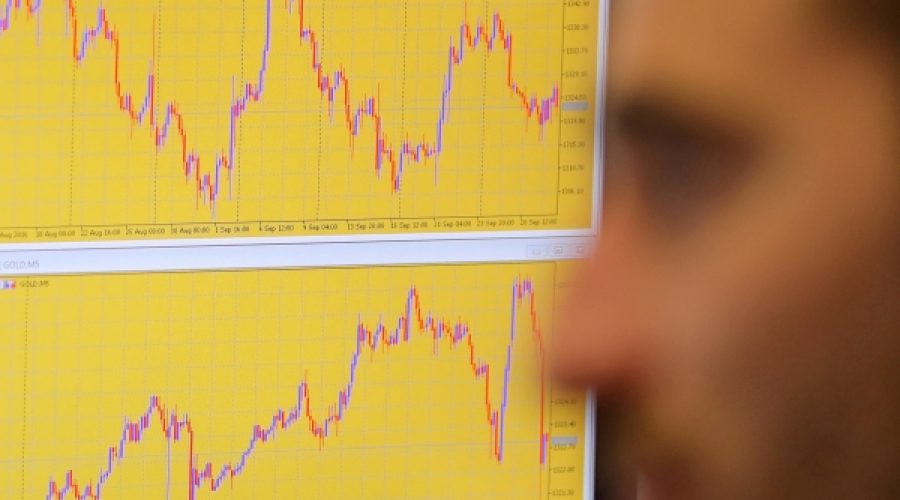Asia Markets Fall Amid New Tariff Threat on China: What This Means for Investors and Businesses in Oman
Asian stock markets declined on Monday following recent escalations in U.S.-China trade tensions. Benchmark indexes in Taiwan and Hong Kong fell around 2% in early trading, while South Korea’s Kospi and Shanghai’s composite indexes each dropped about 1%. Japanese markets were closed for a holiday, but Nikkei futures had declined nearly 5% on Friday before recovering some losses.
The market downturn in Asia came after U.S. stocks retreated on Friday, triggered by President Donald Trump’s social media announcement of a potential “massive increase in tariffs” on Chinese goods. This sell-off erased the S&P 500’s gains from the previous week. After U.S. markets closed, Trump clarified that the U.S. would implement a 100% tariff on Chinese imports starting November 1, alongside export controls on critical software.
These moves were in response to China’s recent decision to restrict exports of rare-earth minerals essential for manufacturing high-tech products such as semiconductors, electric vehicles, and jet fighters.
Over the weekend, Trump adopted a more conciliatory tone on social media, stating the U.S. did not intend to “hurt” China and expressed optimism with “it will all be fine!” This helped stabilize U.S. stock futures, with the S&P 500 futures rising about 1.3%.
Since the downturn in April—when both countries imposed tariffs exceeding 100% on each other’s products and markets plunged—Asian stocks had largely recovered. Temporary tariff reductions agreed upon in May had suggested a cooling of trade tensions. However, the recent Chinese export restrictions and renewed U.S. tariff threats illustrate how quickly relations between the world’s two largest economies can deteriorate.
Takahide Kiuchi, executive economist at Tokyo’s Nomura Research Institute, warned that these developments increase the risk of reigniting a trade war, which could severely impact the global economy.
Investors remain uncertain whether the latest tariff and export control threats signal genuine escalation or are tactical moves ahead of upcoming bilateral talks scheduled for later this month. Investment bank Goldman Sachs leans toward the latter scenario, anticipating an extension of the current tariff pause.
Reflecting ongoing trade dynamics, September data from the Chinese government showed no slowdown in overall exports despite tensions with the U.S. Exports increased by 8.3% year-on-year, with U.S. shipments falling 27% but compensated by strong growth in exports to the European Union (up 14%), Southeast Asia (up 16%), and Africa (up 56%). Africa’s surge was driven by high demand for Chinese batteries, solar panels, electric vehicles, and industrial equipment.
This report is based on information from The New York Times.
Special Analysis by Omanet | Navigate Oman’s Market
The renewed U.S.-China trade tensions and the threat of sweeping tariffs pose significant risks of global economic disruption that could impact Oman’s trade-dependent sectors and investment climate. However, Omani businesses and investors should consider diversifying markets and supply chains to mitigate exposure to U.S.-China volatility, while exploring opportunities in African and Southeast Asian markets where Chinese exports are still growing robustly. Being strategic about international partnerships and market agility will be crucial in navigating this uncertain trade environment.



